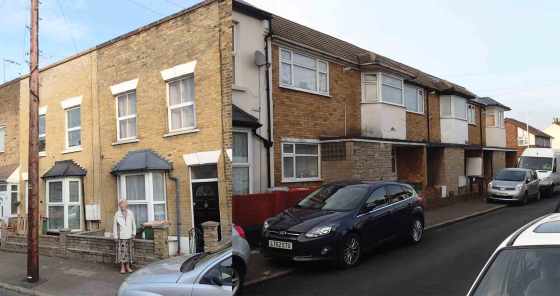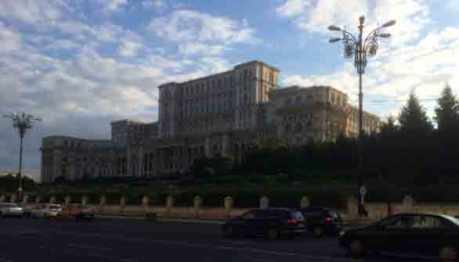Towards the end of my most recent trip to Bucharest I came across, almost by chance, the Art Collections Museum, located on Calea Victoriei about 10 minute walk north from the National Museum of Art. It brings together a number of collections that have been acquired by the state over the years, keeping each intact so that they reflect the taste of the original owners rather than reassembling them into broader thematic groupings. On the day of my visit it was almost deserted, with attendants outnumbering visitors, despite this being the first Wednesday of the month, meaning that admission was free. Their eyes followed me as I browsed, and their footsteps tracked mine through the empty rooms.
A museum such as this inevitably has some parts that enthral whilst other parts that fail to enthuse me. Highlights for me were the expressionist art of Alexandru Phoebus and the odalisques of Iosef Iser, both artists I had not previously encountered who had brought emerging ideas back from Paris and Berlin. Then I walked into a room with a wall closely-hung with some very striking icons. Two aspects struck me: their luminosity and the almost cartoon-nature of the scenes. Imagine what Roy Lichtenstein might have produced were he to have brought his Pop Art sensibilities to religious subject matter. The luminosity, I discovered, was because they had been painted on glass – a practice that arrived in the largely Catholic area of Transylvania from Hungary in the late 18thcentury. This period coincided with the destruction of Orthodox monasteries and, with this, the loss of traditional icon painting skills. Glass painting was, initially, a secular art form but, over time, it became a medium for religious imagery, initially drawing on Catholic representations of religious themes but gradually returning to Orthodox themes.
![]()
Three glass icons from the Art Collections Museum in Bucharest.
The Catholic influence is apparent in the narrative content of some of the images that I’ve included here (see the Lamentation over the Dead Christ on the right-hand side of the top row and the centre of the bottom row, and the Last Supper on the left-hand side of the bottom row). Compare these with more traditional icons (see, for example, “The art of icons …”). The middle image on the upper row is the Mystical Winepress, drawing on the metaphor of Christ as the true vine (Isaiah 27:2-5, John 15:1). At the bottom right there is a rather strange-looking image of a figure with three faces but just four eyes). This is a depiction of the Holy Trinity: God being simultaneously three persons and one. It is also the image, of those I have chosen to depict, closest in style to traditional Orthodox icons.
![]()
More icons on glass from the Art Collections Museum in Bucharest.
It is hard for a modern viewer, steeped in the visual culture of the 20thand 21stcenturies, to appreciate the impact of these images. These were produced at a time when painters in western Europe were preoccupied with realism and capturing the dynamism of the world around them. These are pared-back, almost cartoon-like depictions. On the one hand, they are folk art, produced by artists without formal training; yet, at the same time, they are depicting such familiar subjects (for the audiences) that a suggestion of the subject matter is all that is needed. Icons on the wall of a gallery are divorced from their context and analysing them in terms of visual representation does not do them justice. Icons in a church or in the home of an Orthodox believer are catalysts to deep spiritual experiences and can achieve this without sophisticated painting techniques. Jesus, in Matthew’s Gospel, says we have to “become like children” (18:3) and, remembering how cartoons were able to draw me into imaginative worlds when I was young, perhaps it should not be a surprise that such apparently simple images make effective icons.


